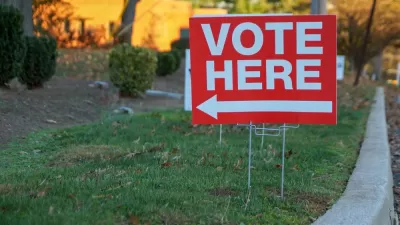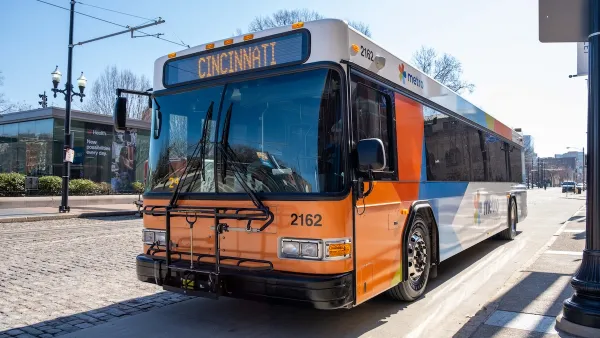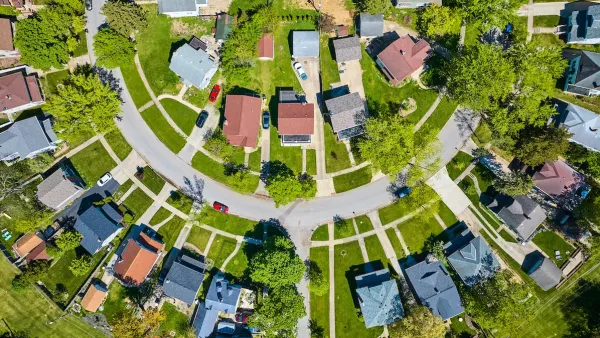Alana Semuels describes the structural forces that had led Cincinnati's Lincoln Heights neighborhood to the brink of extinction.

Are some cities really doomed to fail? According to Alana Semuels, "The people of Lincoln Heights might have had their own suburb, but the world made sure they had little else. From the beginning, historians say, the town was doomed to fail."
This historically black suburb in Cincinnati, Ohio is on the verge of extinction. One of the first self-governing black communities north of the Mason Dixon line, Lincoln Heights has high unemployment, poor schools, and failing infrastructure. Carl Westmoreland, professor of planning of the University of Buffalo contends that this suburb, like many others, failed because of structural inequalities that allowed other suburbs, primarily those inhabited by white residents, to prosper. The financial instability of the neighborhood has led to a decline in the sense of community once held by residents. Children are moving away for opportunities and not returning to Lincoln Heights. This gradual abandonment of the neighborhood has led to a significant decline in property values and the closure of at least one neighborhood school. In an effort to keep the neighborhood from disappearing, local civic leaders have called for consolidation and revenue sharing. It is still too soon to tell whether this proposal will take hold. It is clear, however, that vision and ingenuity will be necessary to save this neighborhood from extinction.
FULL STORY: The Destruction of a Black Suburb

Maui's Vacation Rental Debate Turns Ugly
Verbal attacks, misinformation campaigns and fistfights plague a high-stakes debate to convert thousands of vacation rentals into long-term housing.

Planetizen Federal Action Tracker
A weekly monitor of how Trump’s orders and actions are impacting planners and planning in America.

In Urban Planning, AI Prompting Could be the New Design Thinking
Creativity has long been key to great urban design. What if we see AI as our new creative partner?

King County Supportive Housing Program Offers Hope for Unhoused Residents
The county is taking a ‘Housing First’ approach that prioritizes getting people into housing, then offering wraparound supportive services.

Researchers Use AI to Get Clearer Picture of US Housing
Analysts are using artificial intelligence to supercharge their research by allowing them to comb through data faster. Though these AI tools can be error prone, they save time and housing researchers are optimistic about the future.

Making Shared Micromobility More Inclusive
Cities and shared mobility system operators can do more to include people with disabilities in planning and operations, per a new report.
Urban Design for Planners 1: Software Tools
This six-course series explores essential urban design concepts using open source software and equips planners with the tools they need to participate fully in the urban design process.
Planning for Universal Design
Learn the tools for implementing Universal Design in planning regulations.
planning NEXT
Appalachian Highlands Housing Partners
Mpact (founded as Rail~Volution)
City of Camden Redevelopment Agency
City of Astoria
City of Portland
City of Laramie





























